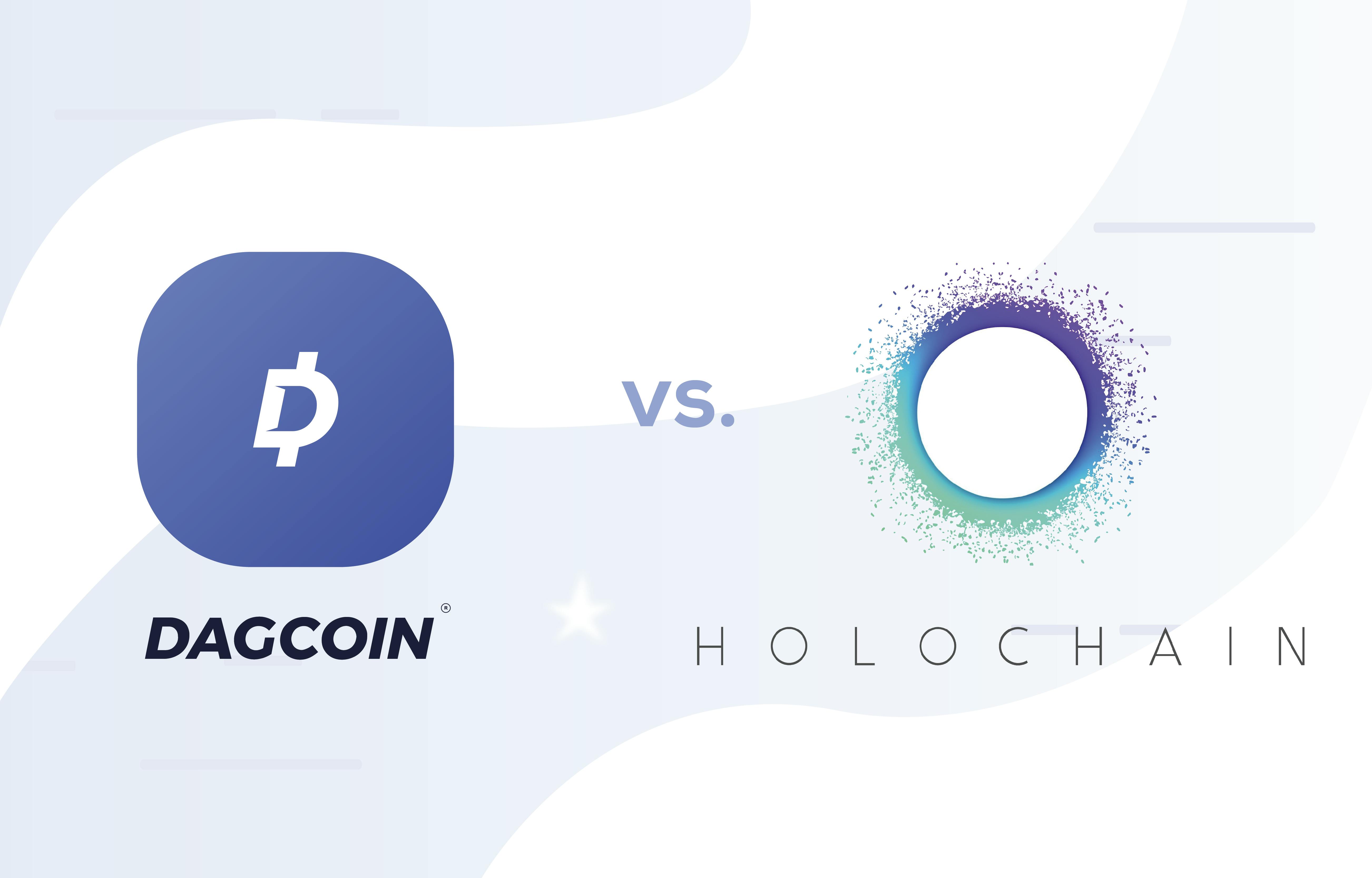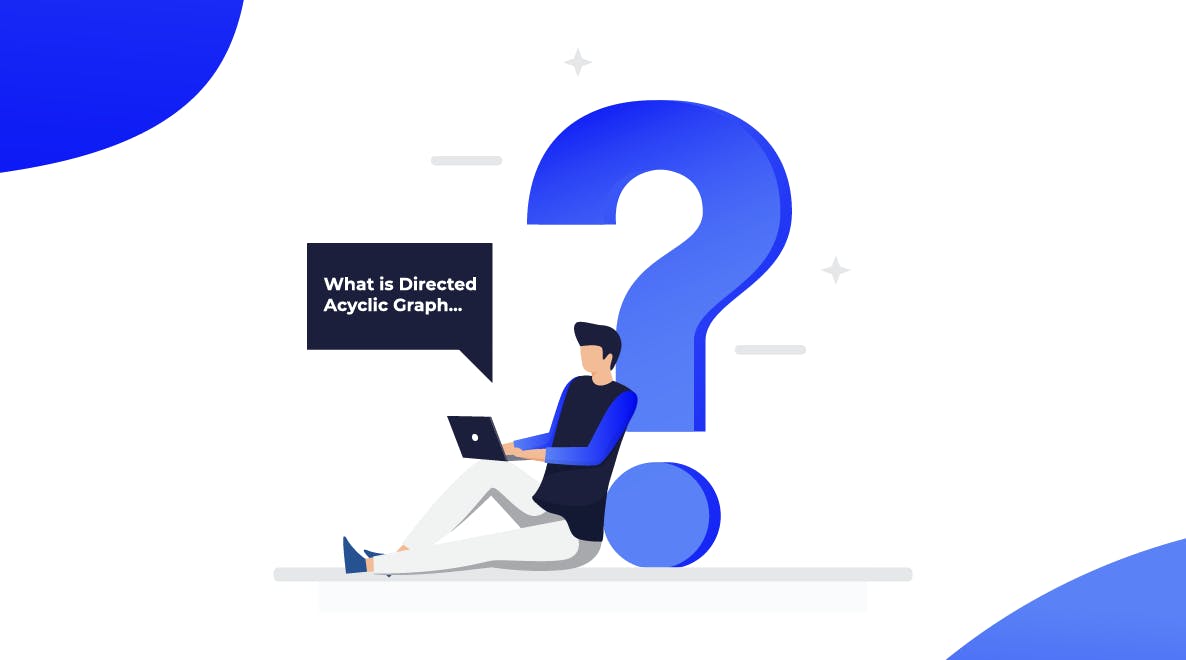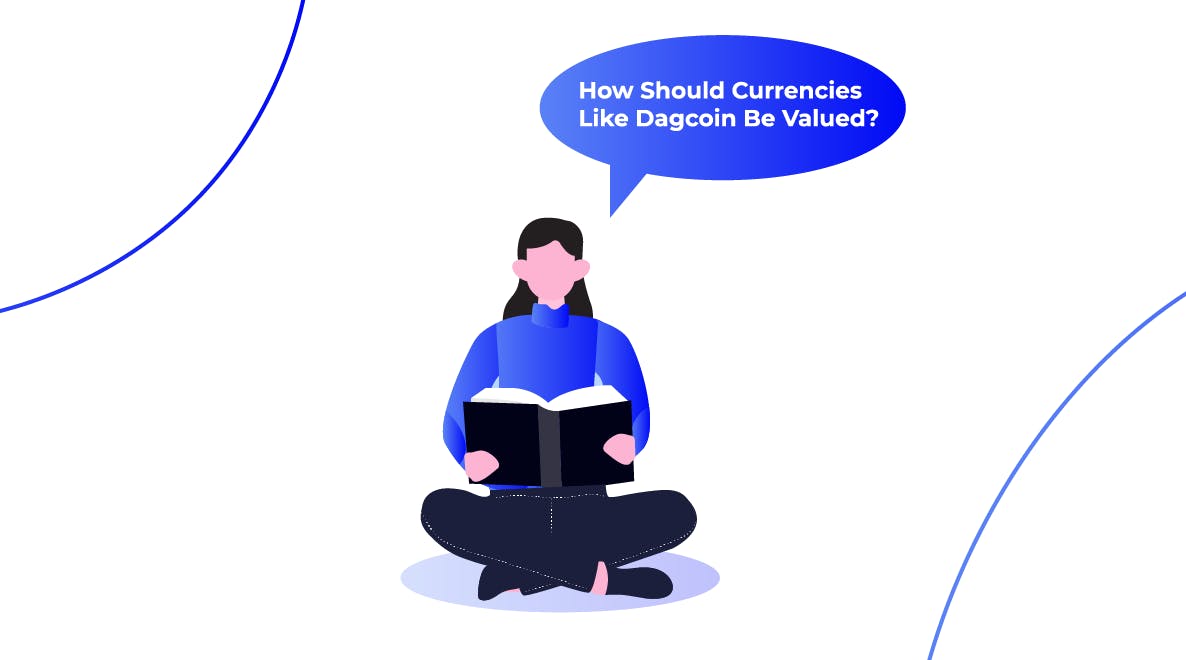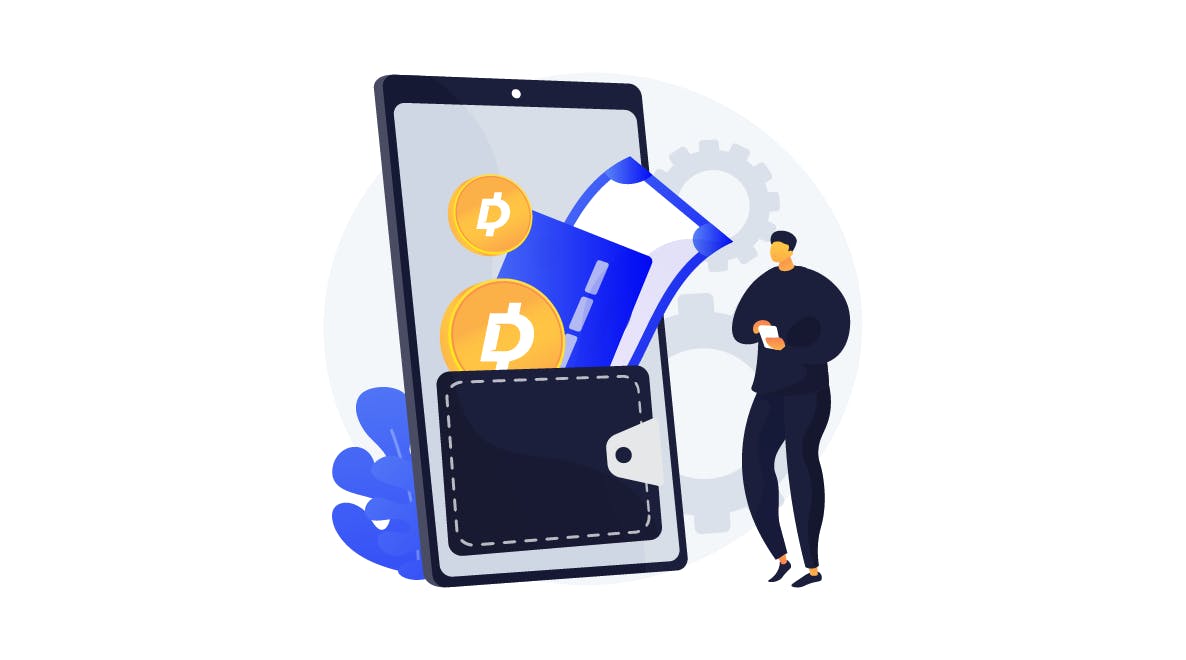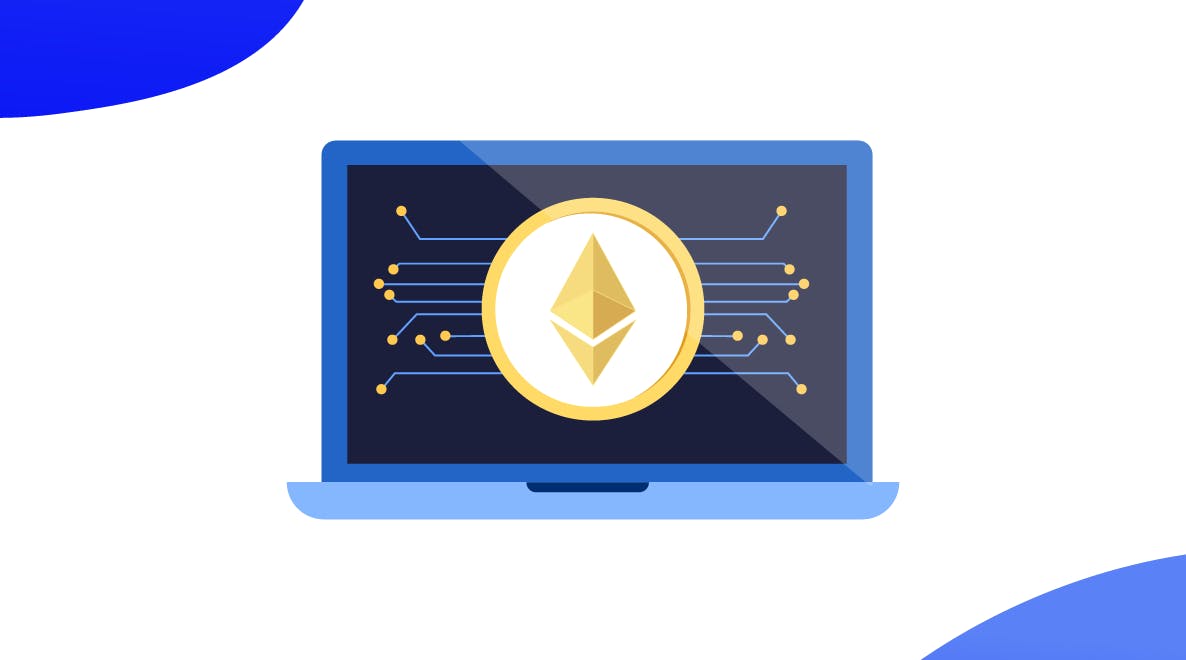Following the inception of blockchain, various tweaks on the system have been introduced to solve pain points and optimize the technology for different use cases. Dagchain and Holochain are two of the technology’s most notable adaptations.
Dagchain is the underlying, distributed ledger system for the Dagcoin cryptocurrency. Holochain is a peer-to-peer, customizable framework for developing distributed apps. Both Dagchain and Holochain offer alternatives to blockchain for managing and validating cryptocurrency transactions, but they do so in different ways.
Similarities Between Dagchain and Holochain
As alternatives to blockchain, Dagchain, and Holochain technologies share these similarities:
- They don't require miners for validation. Instead, the task of validating transactions is decentralized and distributed across the entire network of cryptocurrency users. Unlike blockchain, neither Dagchain nor Holochain rely on a two-tiered system of miners and non-miners. Instead, all users share in the collective responsibility to ensure the security and workability of the system. Users belong to a non-hierarchical, egalitarian network.
- They promise better scalability than blockchain. Since both technologies distribute validation tasks across the whole network, they are not susceptible to the bottlenecking and resource overload problems faced by blockchain. On the contrary, Dagchain and Holochain each grow faster, stronger, and more resilient to security threats as more users join their networks.
- Transaction fees are low to nonexistent. With their scalability and freedom from the cost of miners, these two technologies can process transactions of any amount quickly and cheaply. This cost savings is passed on to the community of users.
How do Dagchain and Holochain differ? We’ll explore the key distinctions between the two below:

Differences in Chain Structure
Dagchain and Holochain each implement their own version of an immutable, blockless chain to support transactional validation.
The DAG of Dagchain
At the heart of Dagchain technology lies an object known in graph theory as a directed acyclic graph, or DAG for short. A DAG is a diagram that represents how a collection of discrete units are related to each other. In a DAG, each unit has a relational arrow that points back to one or more “parent” units.
All the relational arrows point in a single direction, like a river with many individual currents all flowing in the same direction. The DAG graph is acyclic, meaning that if you start from a unit and keep the following link after link to successively earlier generations of parent units, you will never loop back to the original unit.
How does this play into Dagcoin? In Dagchain, each DAG unit is a single Dagcoin transaction. Each directional linking arrow represents the validation relationship between the starting transaction and its parent transaction, which is identified by its hash function.
In other words, when a new transaction enters the chain, it validates one or more existing transactions in the network. This validation is accomplished by storing the hash of the parent transaction within the new transaction.
It’s worth noting that, unlike other cryptocurrencies, Dagcoin’s value is determined by the size of Dagchain’s network size. This means that the value of Dagcoin is not determined by the unpredictable forces of market speculation, but by real, quantifiable metrics.
Agent-centric chains of Holochain
In Holochain, there are many chains instead of one single chain. Holochain is structured around the topology of an agent-centric, peer-to-peer network.
Holochain is not a database like blockchain, but rather a software framework that developers can use to make customized, peer-to-peer apps. These apps can be anything—for example, a social networking app, a personalized AI app, a peer-to-peer sharing platform, or a cryptocurrency app that defines the community ecosystem for a cryptocoin such as Holo.
Even though Holochain maintains and trades Holo as its cryptocoin standard, a developer could theoretically use the Holochain framework to create another cryptocoin altogether.

In the case of cryptocurrency, Holochain's agent-centric approach means that the task of validating transactions is pushed out from the network centre to its edges, where the network nodes — the agents are also known as the users of the cryptocurrency app—reside. Unlike Dagchain, which maintains its DAG-based chain in the space of the public network, Holochain shifts the burden of ledger validation and management to its agents.
Each agent maintains its own ledger history in the form of their own unique, private, tamper-proof hash chain. Every cryptocurrency transaction entered into by an agent is stored in that agent's source hash chain, which resides on the agent’s system.
Agents are validated by their source chain plus a private key or signature. This information collectively amounts to an agent’s digital representation. It allows other agents on the network to recognize them as valid.
Differences in Consensus
Dagchain users and Holochain users reach consensus through different mechanisms:
Dagchain witnesses
To arrive at a consensus in the Dagcoin community, Dagchain requires two components: the main chain and the witness.
The main chain involves using an algorithm to select the "best parent" path from a given transactional unit. In essence, the algorithm chooses which directional link to follow when a child transaction has more than one parent transaction. By following this main chain back in time through the generations, you will eventually arrive at the earliest, or “genesis” transaction — the transaction that has no parent.
The main chain defined by the algorithm will be different depending on which child transaction you start from. Therefore, the main chain is another way of uniquely identifying a given transaction in the Dagchain database.
Another factor used to determine the validity of a transaction is the concept of witnesses. A witness is a bonafide, non-anonymous participant in the Dagchain community who is well-known and reputable to the community as a whole. Witnesses are real community participants with real, known names. To establish the trustworthiness of a transaction, Dagchain travels along that transaction's main chain and looks for a certain number of witness-authored parent transactions.
Once Dagchain encounters enough parent transactions authored by distinct witnesses, it arrives at the conclusion that the child transaction in question is real, and therefore trustworthy.
Holochain DNA and gossip
Holochain reaches consensus through an entirely different mechanism. In addition to each agent's private source chain, Holochain provides a distributed hash table (DHT) which functions as the shared public space for the community of agents.
Through the DHT, a certain number of redundant copies of each transaction are stored publicly, outside the authoring agent's private chain. Other agents who have access to these redundant copies can then participate in the communal process of testing and checking the validity of a given transaction.
Each Holochain app has its own custom validation rules, known as DNA. Suppose that a malicious agent tries to double-spend their cryptocurrency by hacking their private source chain to change the DNA. When the agent tries to create a new transaction, other agents with access to redundant copies of this transaction can detect the bad DNA associated with it and conclude that the transaction is invalid. They can also detect the signature of the malicious agent encoded in the invalid transaction.
Armed with the identity of the malicious agent, the other agents can then use gossip to spread the news about the counterfeit transaction through the entire community. Depending on the specific app parameters, the malicious agent will experience consequences for their behaviour, such as having their connection to the community network severed.
The Takeaway
Dagchain and Holochain have taken leaps and bounds in terms of fixing the efficiency and scalability issues of blockchain. They have both made great strides in improving upon the blockchain blueprint, but their approaches to consensus and structure differ greatly. Dagchain, in particular, stands out for its complete removal of speculation from the consensus and currency valuing equations.
